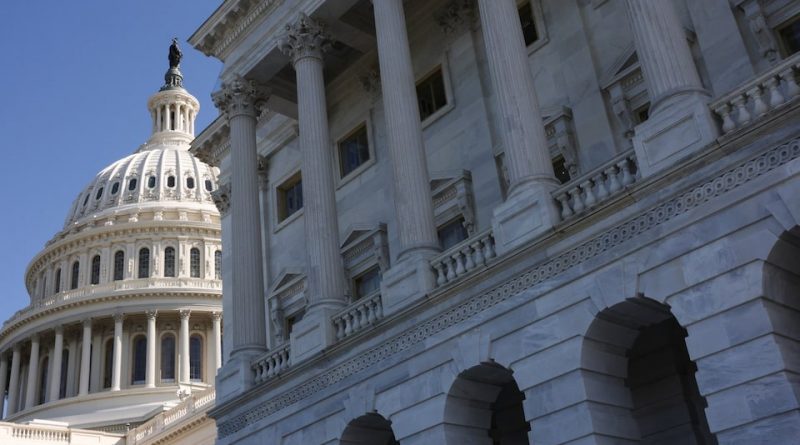Mixed U.S. Jobs Report Sets the Stage for a Tense Federal Reserve Decision
The latest U.S. jobs update paints a mixed picture, combining stronger hiring with a rise in unemployment, creating new uncertainty ahead of the Federal Reserve’s December policy meeting.
The newest September jobs report has offered a neutral yet complex snapshot of the U.S. economy, revealing signs of both resilience and gradual cooling.
The economy added 119,000 jobs during the month, a figure that exceeded forecasts and suggested that hiring remains steady despite broader economic pressures.
At the same time, the unemployment rate moved up from 4.3% to 4.4%, reflecting a larger workforce as more Americans returned to job searching.
This rise in unemployment was not linked to layoffs alone, but to an influx of roughly 470,000 people entering the labor market.
The mixed data is now influencing expectations for the Federal Reserve, as policymakers debate whether more support is needed for the labor market.
Market sentiment shifted slightly after the report became public, with traders increasing the likelihood of a December interest-rate cut.
Projections for a quarter-point reduction climbed from 20% to 33%, marking a cautious adjustment rather than a dramatic market reaction.
Federal officials noted that the data, though slightly delayed, still helps outline the current direction of labor conditions.
Their perspective suggests that the job market is cooling slowly, but not signaling severe weakness or an urgent need for fast intervention.
Wages increased by 3.8% over the past year, helping sustain purchasing power, while also easing concerns that earnings growth might fuel higher inflation.
Some economic experts highlighted ongoing signs of softer job creation, arguing that underlying employment momentum remains weaker than ideal.
They believe the central bank may eventually have to consider further easing, especially if data continues to show gradual labor softness without collapse.
Other policymakers remain cautious about additional rate cuts, emphasizing that inflation is still above the long-term 2% target.
With only limited data available before the December meeting, the September job numbers may play a key role in shaping the upcoming decision.
Analysts suggest that more hawkish voices within the Federal Reserve may insist on holding rates steady until stronger evidence emerges.
Looking toward 2026, new fiscal measures approved by Congress may boost economic activity through tax incentives and increased investment.
These changes could strengthen overall growth next year, adding pressure on the central bank to avoid excessive rate reductions.
Forecasts updated by Federal Reserve staff anticipate higher output in 2026, supported by improved financial conditions and expanding productivity.
The projections also indicate a gradual decline in unemployment next year, possibly dropping slightly below what is viewed as the natural rate.
Such a trend can sometimes point toward upward inflation pressure, though estimates of the natural unemployment rate remain uncertain.
With policymakers preparing updated forecasts for the December meeting, the economic outlook will soon become clearer for the markets.
Until then, the September employment report remains the most influential update, guiding expectations as the central bank weighs its next steps.



